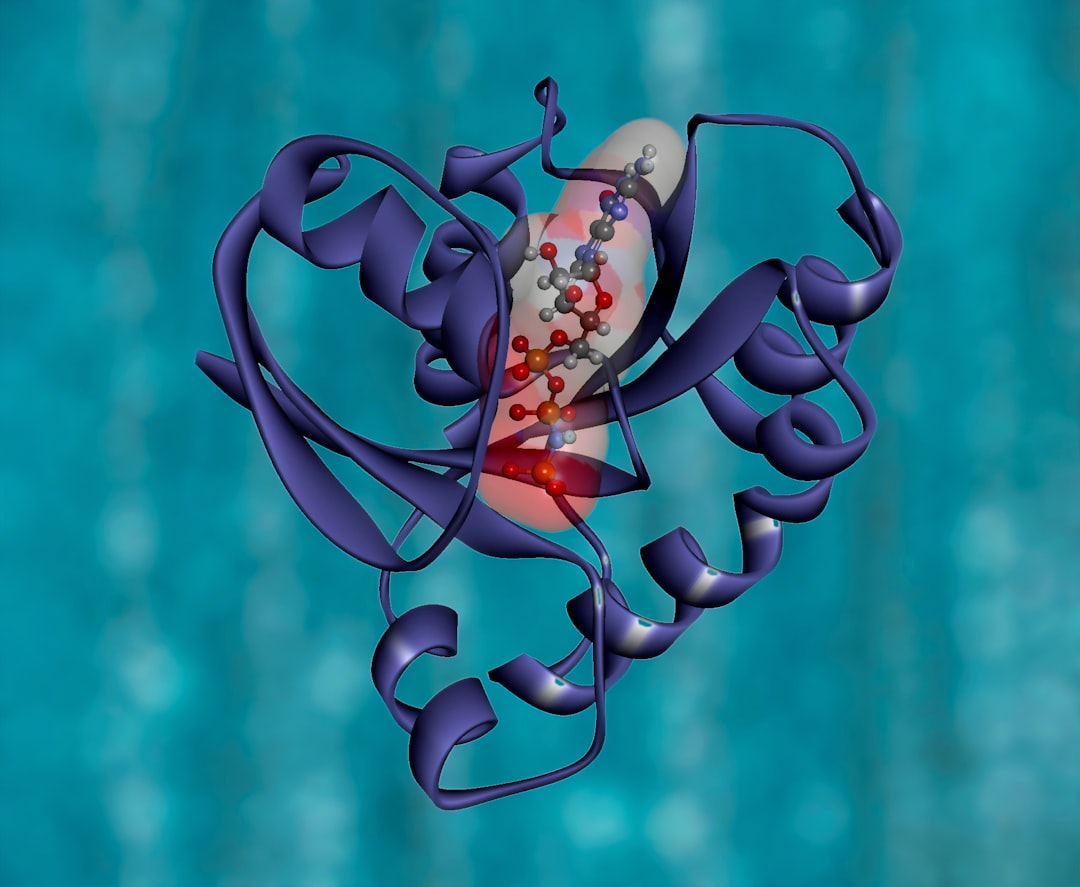What is it about?
The páramo ecosystem provides most of the water for the tropical Andean highlands in South America. Although the comprehension of this environment has increased lately, there remains an urgent need to quantify the processes involved in the hydrological cycle. Interception loss (IL) is one of the least studied processes in the páramo, and more generally, in grasslands globally. The main objective of this study was to quantify IL at event scale by estimating it indirectly from precipitation (P) and effective rainfall (ER). Furthermore, the following questions were assessed: (a) how much of the P becomes ER? (b) what is the impact on IL calculations of using a rain gauge instead of a disdrometer? (c) which meteorological variables are related to the IL process? and (d) is it possible to estimate IL from meteorological variables? High percentages of IL in relation to P were found (10–100%). The canopy storage capacity of tussock grasses was approximately 2 mm. The disdrometer observations led to more accurate results than the rain gauge observations because only the disdrometer registers light precipitation, horizontal precipitation, and drizzle that increases the amount of P, ER, and IL estimates. Also, we found that IL is more strongly correlated with P; and IL can be estimated with a multiple linear regression (R2 = 0.9) from P and relative humidity for events where 1.7 < P < 8.5 mm. These findings show the important role of IL in the páramo and provide a stepping stone to modelling of water resources.
Featured Image
Why is it important?
It is the first time that interception is quantified at the high Andes.
Perspectives
This is the first paper of my PhD project that aims to quantify hydrological processes at the most important envieronment of the high Andean region (páramo).
Master Ana Elizabeth Ochoa
Universidad de Cuenca
Read the Original
This page is a summary of: Quantification of rainfall interception in the high Andean tussock grasslands, Ecohydrology, February 2018, Wiley,
DOI: 10.1002/eco.1946.
You can read the full text:
Contributors
The following have contributed to this page










